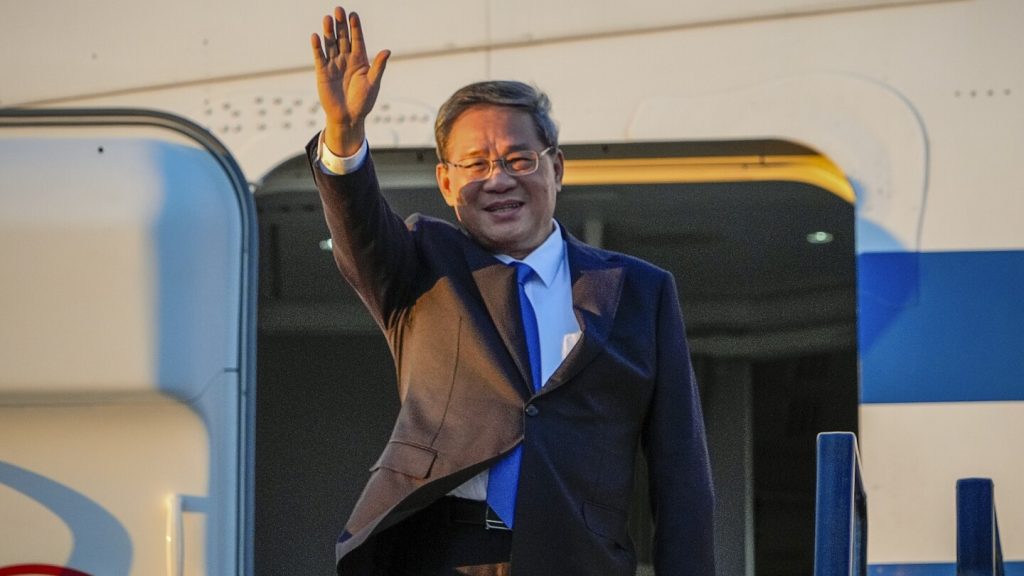Chinese Premier Li Qiang’s visit to Australia marks the first trip by a Chinese premier in seven years, with the aim of improving bilateral relations between the two countries. His visit comes after a period of strained relations, with China imposing several trade barriers on Australian products costing exporters billions of dollars. Li’s visit to New Zealand before arriving in Australia focused on creating a first-class business environment and supporting foreign enterprises to develop in China, with a focus on collaborations in areas such as green development.
In Australia, Li is expected to visit Adelaide Zoo and a Chinese-controlled lithium processing plant to demonstrate China’s interest in critical minerals investments. The reset of relations between China and Australia began after Prime Minister Anthony Albanese’s center-left Labor Party was elected, following tensions over legislation banning foreign interference in Australian politics, concerns about Huawei’s involvement in the national 5G network, and Australia’s call for an independent investigation into the COVID-19 pandemic. Trade bans imposed by Beijing in 2020 were lifted, except for live lobster exports, which are expected to be resolved during Li’s visit.
There is an “emerging expectations gap” between Beijing and Canberra, with Beijing aiming for a more positive and cooperative bilateral relationship, while Canberra remains cautious about deeper science and technology cooperation with China due to security concerns. Li’s visit also highlights China’s interest in investing in critical minerals, essential components for renewable energy sources. Australia shares the United States’ concerns over China’s dominance in critical minerals, leading to decisions like ordering Chinese-linked companies to divest their shares in rare earth mining.
While bilateral economic relations between Australia and China are recovering, the security relationship appears more tense, with a poll showing a majority of Australian respondents viewing China as a security threat. Premier Li’s visit also addresses recent clashes between the two countries’ militaries in the South China Sea and Yellow Sea. Li’s trip also includes a stop in Malaysia, where bilateral relations are complicated by competing territorial claims in the South China Sea. New Zealand, another destination on Li’s tour, has a more harmonious relationship with China, with focus on military technology-sharing arrangements under the AUKUS pact.
Overall, Li’s visit to Australia aims to mend relations and pave the way for future cooperation between the two countries. With a focus on critical minerals investments, trade barriers, and security concerns, the visit signifies a potential shift in the economic and security dynamics of the region. As China’s global dominance in critical minerals becomes more apparent, Australia must navigate its economic relationships while addressing security concerns in the region. The outcome of Li’s visit is expected to have implications for future collaborations between Australia and China in various sectors.


